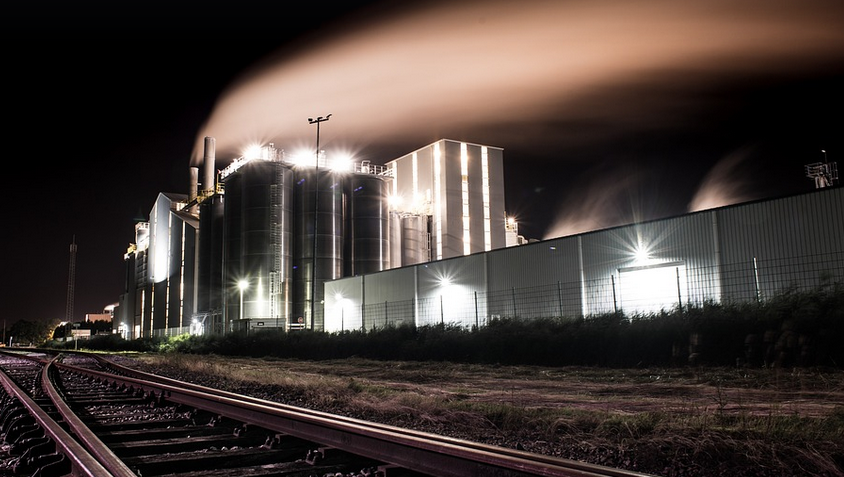A Closer Look at Clean Aluminum and Welding
Aluminum, a lightweight metal known for its versatility and affordability, has become increasingly popular in various industries, from aerospace to construction. However, working with aluminum requires precision welding techniques due to the material’s inherent properties. One crucial factor contributing to successful aluminum welding is maintaining cleanliness. This blog post delves into the vital role of clean aluminum in welding, exploring its benefits and practical tips for achieving optimal results.
Aluminum’s susceptibility to oxidation poses a significant challenge during welding. When exposed to air or moisture, aluminum forms a thin oxide layer on its surface. This layer acts as an insulator, impeding the transfer of heat energy required for proper fusion between metal pieces. As a result, welding may be hindered by poor penetration, spatter formation, and ultimately, weak welds.
Clean aluminum ensures smooth welding by eliminating these oxides. This process involves removing surface contaminants like grease, dirt, oil, and other particles that can interfere with the welding arc and generate unwanted impurities within the weld pool. By achieving a clean surface, you’re essentially creating a controlled environment for the weld to occur.
The consequences of dirty aluminum in welding are significant. Welding with contaminated aluminum leads to a host of issues, including:
The Challenges of Dirty Aluminum in Welding
• **Uneven Weld Penetration:** The oxide layer acts as an insulator, preventing the heat from reaching the base metal and creating uneven weld penetration. This results in weak and unreliable welds.
• **Spatter Formation:** Dirty aluminum creates spatter and slag deposition due to incomplete melting of oxides. This hinders proper welding process flow and requires additional clean-up efforts, ultimately increasing time and cost.
• **Fissures and Defects:** The presence of impurities can lead to the formation of fissures and other defects within the weld. These flaws compromise the structural integrity of the metal and may require further rework or replacement.
• **Reduced Weld Quality:** The quality of the weld is directly impacted by the cleanliness of the aluminum. A clean surface delivers a stronger, more refined weld that holds up to demanding stresses than one formed on a contaminated surface.
Cleaning for Welding: Strategies and Techniques
Maintaining clean aluminum during welding requires strategic planning and execution. Here’s a breakdown of effective cleaning techniques:
1. Pre-Weld Preparation: The Foundation
• **Preparation is Key:** Start by removing any loose particles or debris from the aluminum surface using a wire brush, scraper, or vacuum cleaner. This pre-cleaning step removes any loose contaminants before the actual welding process.
• **Degreasing for Optimal Cleanliness:** Before applying any cleaning agent, use a degreaser like acetone to remove grease and oil that can interfere with surface preparation and weld quality. You can also use solvents like alcohol or water for a more environmentally conscious approach.
2. Cleaning Agents: Choosing Wisely
• **Solvent Cleaning:** For stubborn deposits like dirt and grime, solvent cleaning agents offer effective removal. Use these in conjunction with a wire brush to ensure proper surface preparation. Remember to always adhere to safety guidelines when handling chemicals and wearing the appropriate PPE.
• **Water Jet Washing:** Water jet washing is another efficient way for removing rust and other impurities. This method utilizes high-pressure jets of water to flush away contaminants, leaving a clean metal surface for welding.
3. Cleaning Methods: Tailoring the Process
The choice of cleaning method depends on factors like the nature of the contamination, available equipment, and desired level of cleanliness.
* **Manual Cleaning:** For smaller areas or quick cleanup before starting, manual scrubbing with a wire brush or scraper is effective. * **Automated Cleaning Systems:** For larger projects or industrial scale operations, automated systems offer time-saving solutions for deep cleaning and surface preparation. These can include spray booths, ultrasonic cleaners, and other specialized equipment.
Maintaining clean aluminum during welding is critical to achieving high-quality welds and preventing potential problems that can arise from contamination. By implementing the right cleaning methods and techniques, you’ll be able to ensure successful welding projects with improved weld quality, reduced downtime, and minimized costs.
